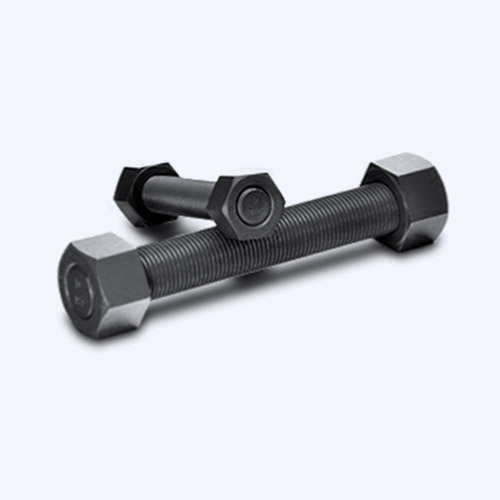আগস্ট . 01, 2024 07:51 Back to list
Exploring Various Bolt Types and Their Unique Applications in Construction and Engineering Projects
Different Types of Bolts An Overview
Bolts are essential fasteners used in a wide array of applications, from household items to massive industrial constructions. Understanding the various types of bolts can help one make an informed choice based on specific needs. Here’s a closer look at some of the most common types of bolts, their uses, and unique characteristics.
1. Hex Bolts
Hex bolts, also known as hex cap screws, are characterized by their hexagonal heads and are commonly used in various construction and manufacturing applications. These bolts are typically made of steel and can be coated for corrosion resistance. The hex head allows for a wrench or socket to grip tightly, providing leverage for tightening. They are versatile and can be used in applications requiring strong clamping forces, such as machinery and structural components.
2. Carriage Bolts
Carriage bolts are distinguished by their round heads and square necks, which prevent them from turning when a nut is tightened. They are primarily used in wood-to-wood fastening applications but can also be employed in metal connections in conjunction with a nut. The design of carriage bolts ensures a smooth finish, making them ideal for projects where aesthetics are important, such as furniture construction or decorative railings.
3. Lag Bolts
Lag bolts, or lag screws, feature a large, coarse thread, which allows them to be primarily used in heavy applications. Unlike standard bolts, lag bolts are designed for securing wood, such as joining wooden beams or fastening large pieces of timber together. Their strength makes them a preferred choice in construction and woodworking projects, especially when dealing with substantial loads.
different types of bolts

4. Eye Bolts
Eye bolts have a looped head resembling an eye, which allows them to be used for attaching cables, ropes, or chains. They are commonly found in lifting applications, such as hoisting or rigging, where they are used for securing loads. Eye bolts come in various designs, including vertical and horizontal configurations, suitable for different load directions.
5. Anchor Bolts
Anchor bolts are crucial for securing structures to concrete, providing stability and strength. These bolts are embedded in concrete foundations, allowing for the attachment of various structures, ranging from light poles to heavy machinery bases. There are several types of anchor bolts, including L-shaped, J-shaped, and straight, each designed for specific applications and load requirements.
6. Shoulder Bolts
Shoulder bolts are unique in that they feature a smooth, cylindrical shoulder between the head and the threaded section. This design allows them to pivot or rotate around the shoulder, making them ideal for applications requiring movement, such as in machinery or automotive components. Shoulder bolts are often used in conjunction with bearings or pivot mechanisms.
Conclusion
Choosing the right type of bolt is crucial for the success of any project. Each bolt type serves a specific purpose, and understanding their unique characteristics and applications will help ensure safety and durability. From hex bolts that offer versatility to anchor bolts that provide stability in construction, the variety of bolts available caters to a range of needs across different industries. When embarking on any project, carefully consider the requirements and select the appropriate fastener to achieve the best results.


